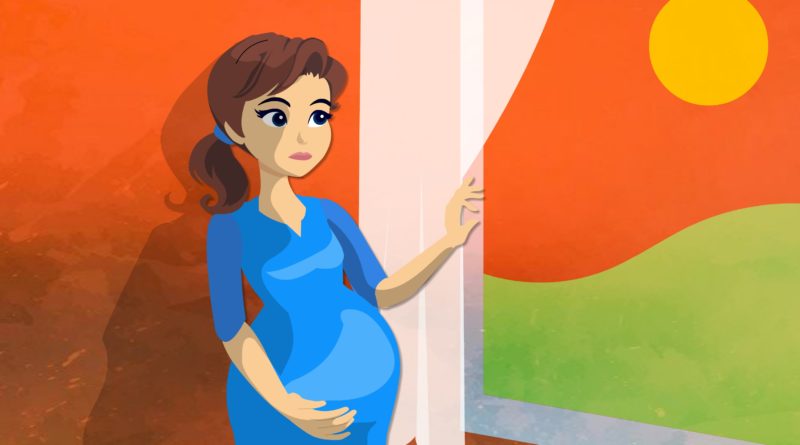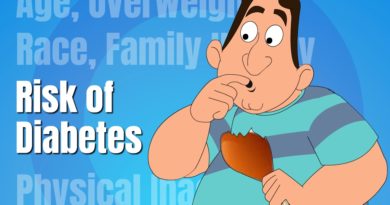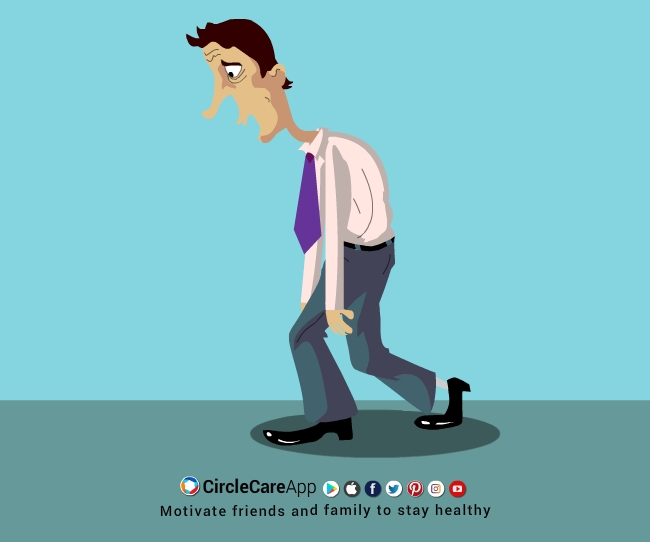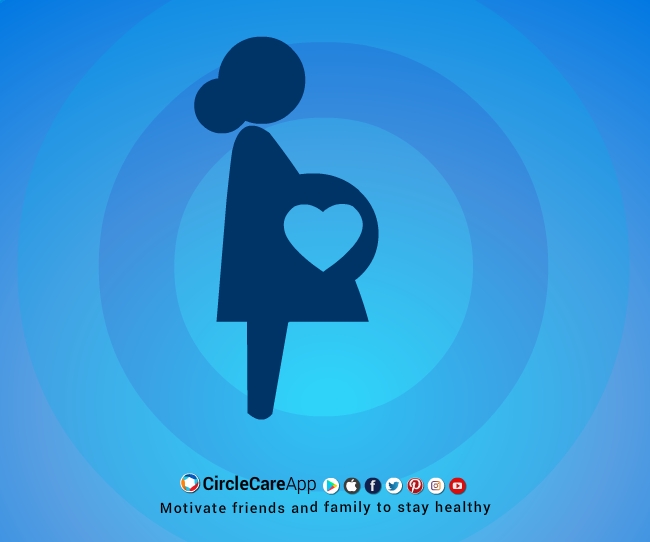Do cesarean deliveries pose the threat of diabetes in a newborn’s life?
Is there any connection between cesarean deliveries and the risk of diabetes in a newborn’s life? A research paper in the British Medical Journal by Jan Blustein, MD, PhD, of New York University Wagner School and a professor of Medicine and Population Health at NYU School of Medicine and Jianmeng Liu of Peking University examines the evidence as to whether newborn babies delivered by C-section are more likely to develop diabetes at a later stage in life.
C-section delivery can improve maternal and child health, and even save lives. But the past two decades have brought a sharp growth in C-section delivery in many countries. C-section delivery on maternal request is quite rare in the UK and US, but in some middle-income countries the rate is high and growing (20% of births in southeastern China in 2006).
Soon-to-be parents want a delivery that is safe for the baby. In emergencies, or when a fetal or maternal indication is present, the choice is clear. But in cooler moments, such as repeat or maternal choice of cesarean, it makes sense to consider the risks and benefits of cesarean versus vaginal delivery. Both modes of delivery are associated with well-known acute risks. The research conducted by Jan Blustein strongly points to underlying risks of diabetes in children delivered by cesarean.

Corporate Wellness App
CircleCare
The researcher studied 20 different studies linking C-sections to diabetes in a newborn’s life, to be specific childhood type 1 diabetes. The study found out that about 2.13 of every 1,000 babies born through C-section develop type 1 diabetes, compared with 1.79 per 1,000 infants delivered vaginally. Why C-sections might lead to chronic health problems isn’t clearly established, but one prevailing theory is that women may pass “good” bacteria to babies during a vaginal delivery that protects against disease.
Although the study could not prove definitely that these surgical deliveries may cause medical issues later in the baby’s life. But the connection is strong enough for the mothers to consider discussing the risk with their doctor or midwife when weighing whether to proceed with a C-section, particularly when a vaginal delivery may be possible, said lead study author Dr. Jan Blustein.








